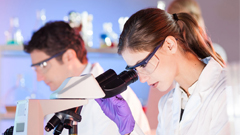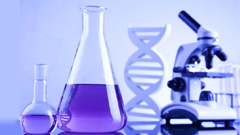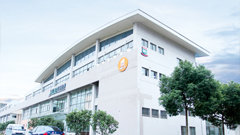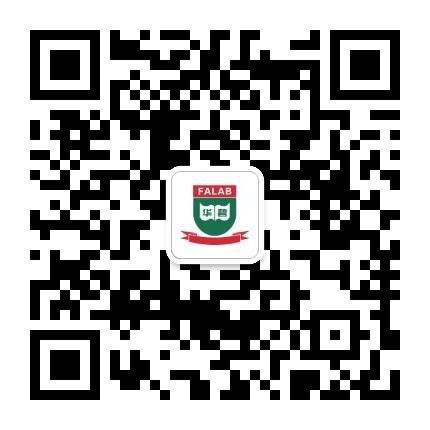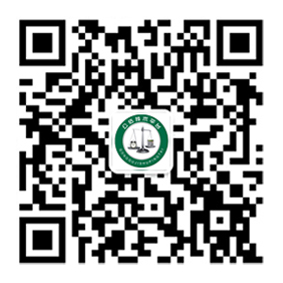Qiao Dong: After institutional reform, look at the institutional changes in the inspection and testing industry.
Date:2018-07-06 Hits:2809
At the 3rd International Forum on Laboratory Management and Testing Technology in China on April 21, Qiao Dong, director of the Laboratory and Testing Supervision Department of the State Accreditation and Supervision Commission, deeply analyzed the functions of the Accreditation and Supervision Commission after it was incorporated into the State Administration of Market Supervision and Management, and the changes in the supervision of laboratories and testing institutions.
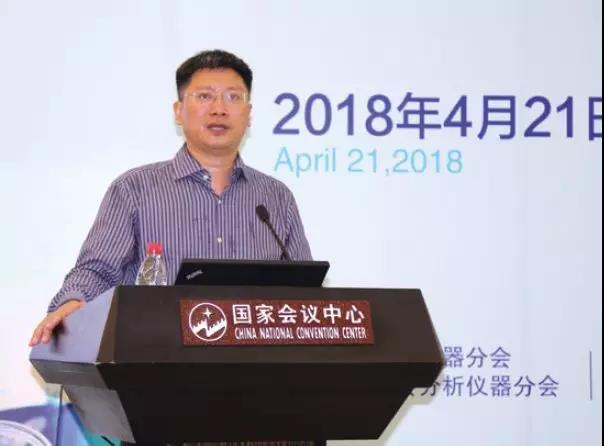
1. the responsibilities of the Commission after being assigned to the General Administration of market supervision
In March 2018, the first meeting of the Thirteenth National People's Congress approved the reform plan of the State Council's institutions, which proposed that the State Administration for Industry and Commerce, the State Administration for Quality Supervision, Inspection and Quarantine and the State Administration for Food and Drug Supervision and Administration should be integrated to form the State Administration for Market Supervision and Administration as a direct subordinate organ of the State Council. . In addition, the State Authentication and Accreditation Supervision and Administration Commission and the National Standardization Administration Commission are included in the State Administration of Market Supervision and Administration, and the brands are retained.
After the accreditation and Supervision Commission has been assigned to the General Administration of Market Supervision, two principles will remain unchanged: one is that the ranks of the accreditation and supervision commission will remain unchanged and there will be no major readjustment in accordance with the current working ideas; the other is that the work will continue or that the previous administrative licensing system will be continued, but the seal of the accreditation and Supervision Commission and the seal of the General Administration of Market Supervision and Administration will be used in the future. There will be coordination and other work has not changed. For the supervision of laboratories and inspection and testing institutions, the previous qualification recognition system is still used, which is also a set of administrative licensing system. In addition, there is a set of accreditation management system.
2. is qualification recognition and recognition the same thing?
With regard to the above identification and recognition system, many enterprises confuse the two systems. For example, some large-scale testing institutions can issue testing reports to the society if they think they have been recognized. But in fact, the agency has not obtained the qualification of the government, and can not issue a test report to the society. And its customers are internal customers, nor do they understand the qualification recognition system, nor have they verified their qualifications. In these institutions, recognition is equivalent to obtaining an administrative license for qualification.
Decree No. 163 issued by the General Administration of Quality Supervision and Inspection (AQSIQ) in 2015 clearly states that in the People's Republic of China, all inspection and testing institutions that want to produce data and results that can prove to the society must obtain qualification confirmation. But many of these Regulations are not clear to the testing body, nor do they understand this qualification.
3. where is the difference between qualification accreditation and accreditation?
Qualification confirmation of inspection and testing institutions is a set of administrative licensing system and the largest set of inspection and testing supervision and management system in China. It is only open to third-party laboratories, which is smaller than the accreditation system and is compulsory. The accreditation system is open to enterprise laboratories, purchaser laboratories and third-party laboratories. You can volunteer to do that.
However, the certification system of inspection and testing institutions is only a set of administrative licensing system in China, which is not fully in line with international standards. If only a test report is issued at home, the certification can be obtained; unless cooperation with foreign purchasers, the certification of international standards needs to be obtained.
As a national department which not only implements the qualification recognition of inspection and testing institutions, but also supervises and approves them, in fact, it does not encourage an institution to make two sets of evaluations and repeat evaluations. In fact, the two sets of evaluation are similar, so in order to obtain the qualification, at the same time, it depends on the needs of the enterprise, and then decides whether to make the approval.
According to the statistical data of 2016, there are more than 33000 institutions in China that have been certified as qualified for inspection and testing. From the data of 2016, more than 30,000 testing institutions are mainly concentrated in five areas: first, vehicle safety inspection, second, building materials inspection, third, food inspection, fourth, environmental monitoring and fifth, disease control system inspection. These five fields have the highest contribution rate to China's inspection and testing market, accounting for 80% of the inspection and testing institutions and nearly 26000.
4. what changes do we have in the regulatory mode after the institutional reform?
From the perspective of administrative licensing system, the most important thing is "putting the tube into service". Decentralization and optimization of services. In the past, the system had strict requirements for ex ante supervision, and now it focuses on strengthening supervision afterwards. Especially after the market liberalization, the number of institutions in China has increased from more than 10,000 in the 30 years from 1985 to 2005 to more than 30,000 now.
On January 17, 2018, the State Council issued "Opinions on Strengthening the Construction of Quality Certification System and Promoting Total Quality Management". It put forward the requirements of implementing unified qualification certification management, simplifying and standardizing the qualification certification procedures of inspection and testing institutions, and strengthening ex post facto supervision. It also pointed out the reform and development of qualification certification of inspection and testing institutions. The new direction of exhibition. In particular, the qualification determination of inspection and testing institutions put forward five reductions: reduction of links, reduction of procedures, reduction of time, reduction of fees, reduction of declaration data.
In the past, the regulatory authorities made many demands on laboratories and inspection and testing institutions, but no one supervised the regulatory authorities. Now, otherwise, if there are problems in the regulatory department, we can all complain. For example, the application process, which used to be delayed for one year, can be complained if the application can not be obtained for three months. Now, each procedure has been approved and time is required, and the regulatory authorities themselves have been standardized.
In terms of services, the accreditation and Supervision Commission has also established a public platform to publicize basic information of more than 30,000 institutions in a timely manner. For example, in recent events, such as crabs, school poisonous runways and Xi'an cables sold to Hong Kong in Jiangsu Province, the regulatory authorities are required to screen out the institutions that can perform relevant tests within half a day among more than 30,000 institutions. It used to be hard to imagine, but now it can be achieved, but also benefit from the establishment of the database, improve the efficiency of work.
Next, we need to establish the classification supervision of the credit platform of inspection and inspection institutions, because more than 30,000 inspection institutions are uneven in good and bad, and the supervision needs to be focused. In the future, the government's supervision focus will be mainly on the institutions that often occur. We will release the long-term honest and trustworthy institutions, supervise them purposefully, and use more energy to serve everyone.
5. whether the accreditation of mobile laboratories or unmanned laboratories is recognized.
This problem involves the scope of the state's permission for laboratories. At present, the state licensing of laboratories is in accordance with standards and corresponding technical specifications. Whether mobile laboratory or intelligent technology, whether international or domestic, must have corresponding standards. All standards and technical specifications are granted.
6. is the standard of inspection and testing organizations feasible?
Recently, the group standards of inspection and testing institutions have been included, but there are two requirements: first, the group standards should fill the gap in the industry; second, they should be advanced in technology, and only be approved by relevant experts. However, some criteria are still being studied and discussed. For example, in recent years, the Ministry of Public Security and the Ministry of Justice hope to incorporate psychiatric expertise into administrative licensing. However, after the expert's argument, it is difficult to identify intermittent psychosis. At present, the conditions are not mature, and need to be explored. For mobile labs, we need to speed up standards.
